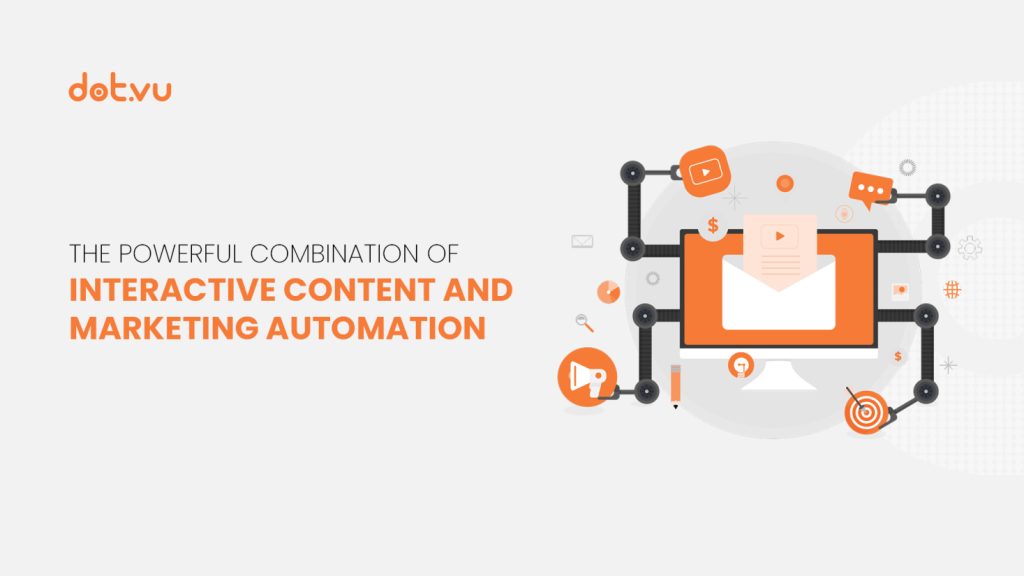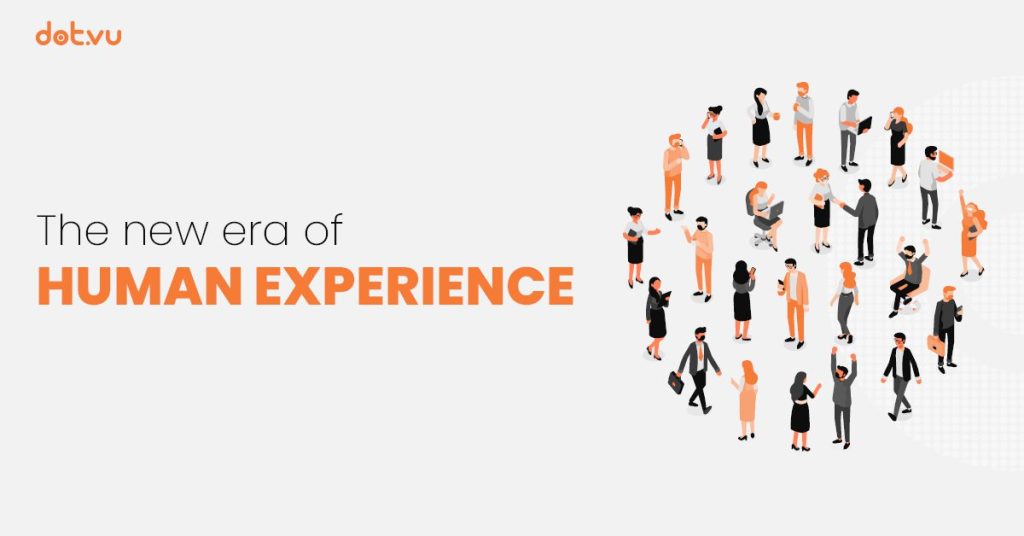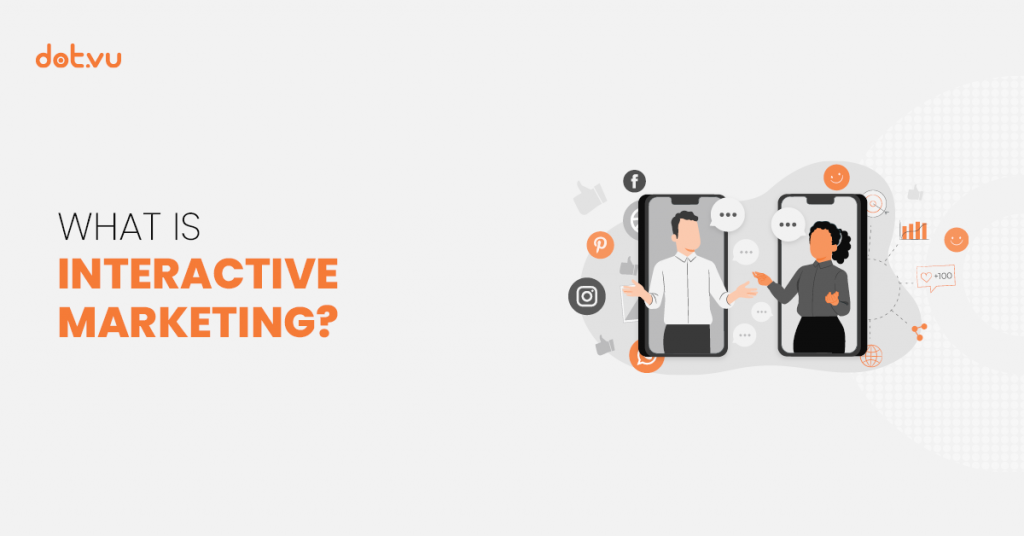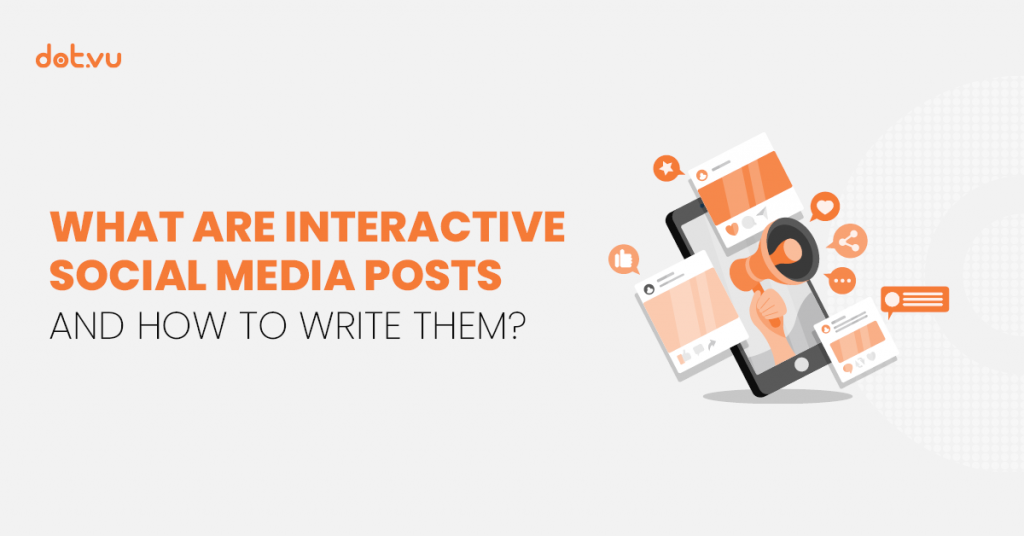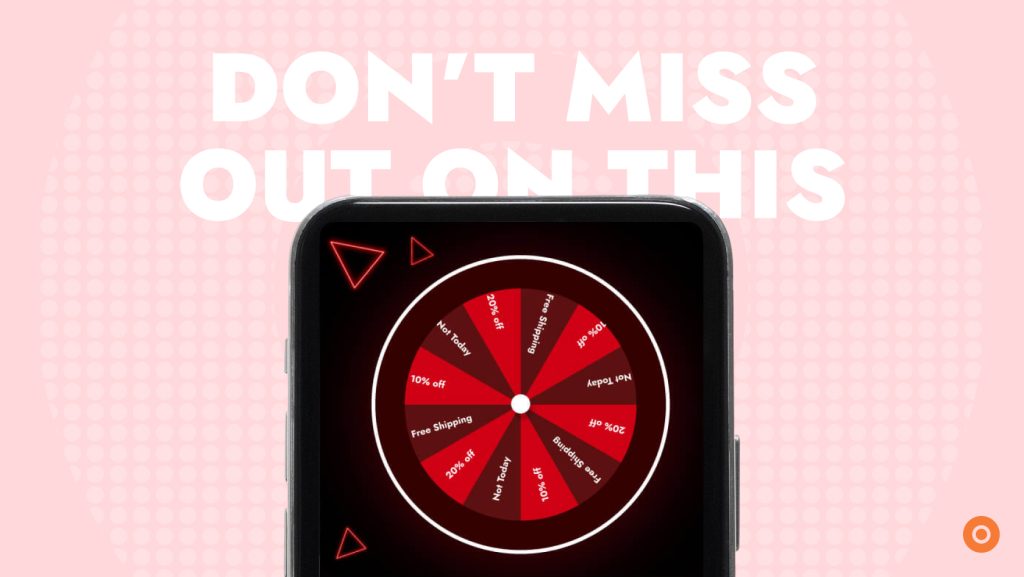
Nowadays, connecting with your audience goes beyond just showcasing products or services—it’s about creating an emotional bond that resonates.
Beyond the traditional tactics lies the art of emotional marketing—a powerful approach that taps into the feelings, desires, and values of your customers. This strategy goes beyond promoting a product or service; it seeks to build a deep, emotional bond that resonates with your audience, making your brand memorable and relatable. In this comprehensive guide, we will explore the fundamental concepts of emotional marketing, its benefits, and how you can implement it to drive engagement and loyalty.
You will also learn how to combine Interactive Content and emotional marketing to build truly powerful relationships.
Whether you’re new to this concept or looking to refine your approach, this guide will provide valuable insights and practical tips to help you harness the power of emotions in your marketing efforts.
What is emotional marketing?
Emotional marketing is a strategy that uses emotions to capture the attention of your audience, making them notice, remember, and engage with your brand. By tapping into core emotions like happiness, sadness, anger, or fear, emotional marketing aims to evoke a strong response that can influence consumer behavior. Since everyone experiences these emotions, they can significantly shape how people think and act, making this approach a powerful tool for creating memorable and impactful marketing campaigns.
Why is emotional marketing effective?
Almost everybody experiences a wide range of emotions from time to time, and they can have a big effect on the way people think and act. Savvy businesses can tap into this to connect more deeply with their audience.
An emotional marketing strategy can make your brand stand out in a competitive market. Emotionally connected customers rate brands significantly higher, with 71% giving favorable ratings compared to just 45% of satisfied customers. Moreover, a report found that 82% of consumers with high emotional engagement would always buy the brand they are loyal to when making purchasing decisions, compared to only 38% of consumers with low emotional engagement. This is why brands like Coca-Cola, Nike, and Apple consistently rise above the rest. These companies masterfully evoke emotions like happiness, inspiration, and creativity, creating a strong emotional bond with their audience.
Emotional marketing resonates because it makes people feel heard, seen, and valued.
By tapping into specific emotions, companies can create a powerful impact that leaves a lasting impression on their customers, ultimately boosting loyalty and sales.
How to create a successful emotional marketing strategy?
Do you want to use emotional marketing, but aren’t sure where to start? Here is a step-by-step guide to help you out:
1. Analyse your target audience
Before diving into your strategy, it’s essential to determine the emotions you want to evoke. Are you aiming to inspire happiness, amusement, or pride? Or perhaps you want to tap into negative emotions like anger or disgust? Understanding the emotional triggers that resonate with your audience is key. Additionally, you need to figure out what type of content your audience responds to best. For some brands and industries, a fun game might be a huge hit, while others may find more success with longer videos or detailed articles.
2. Create a story
Strategic storytelling is a powerful tool in business, creating memorable and relatable experiences. Craft a story that connects with your audience on an emotional level, whether it brings joy, inspiration, or even fear. The more emotionally charged your story, the greater the chance of resonating with your audience. Once you’ve crafted your story, choose the best content formats to tell it.
3. Select a content format
There are countless ways to tell your story. Here are a few options:
- Create a linear or Interactive Video.
- Use colorful and visually compelling images and graphics.
- Use podcasts to narrate a story.
- Publish engaging social media posts.
- Launch a gamification campaign.
- Run a contest or giveaway.
- Create an Interactive eBook or flipbook.
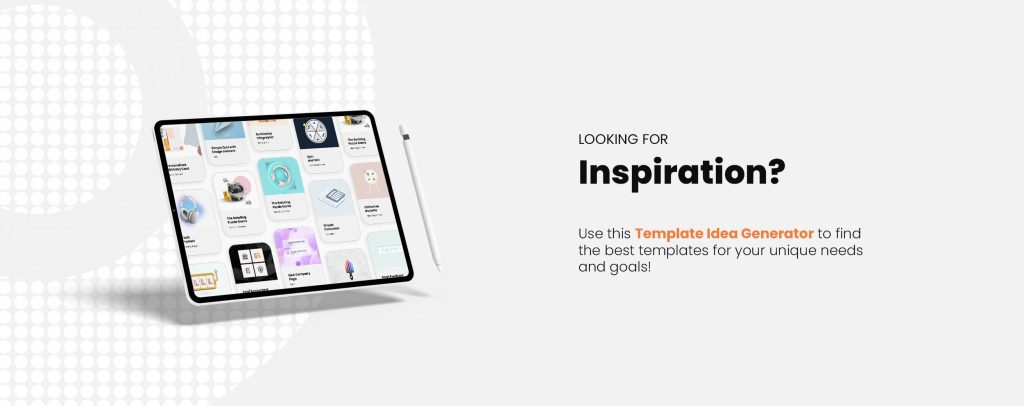
4. Create a community
Once your emotionally evocative content is live, promote it widely to maximize engagement. Share it on the channels where your target audience is most active, such as social media, your website, newsletters, or even in physical stores. The more emotional your content, the more likely it is to be shared, extending its reach and impact.
5. Monitor results
It’s crucial to track and measure the results of your campaign. Beyond basic metrics like engagement rate, clicks, shares, subscriptions, and purchases, delve deeper into the emotional impact on your audience. Conduct surveys and polls to gather detailed feedback and better understand how your content resonated emotionally.
9 Interactive Content examples that use emotion
Interactive Content is a powerful tool when it comes to emotional marketing as it invites users to engage actively. Transforming your audiences from passive viewers or readers to participants in the experience leads to stronger emotional connections.
In the following examples, we show you how Interactive Content can evoke joy, excitement, happiness, amusement, and fear of missing out (FOMO).
1 Marketing Games: fun and excitement
Marketing Games, such as gamified quizzes, spin-to-win wheels, or digital scavenger hunts, can inject a sense of fun and excitement into your campaigns. These games engage users by challenging them and offering instant rewards, creating a memorable and joyful experience that enhances brand loyalty.
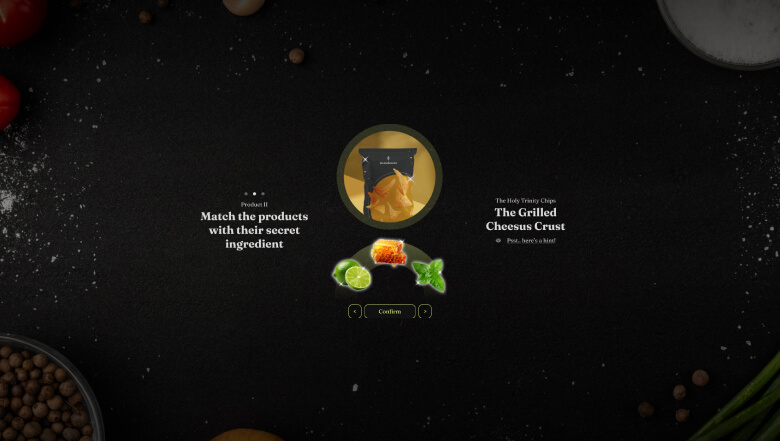
2 Interactive Videos: surprise and sense of belonging
Interactive Videos allow viewers to make choices and influence the storyline, fostering a deeper sense of involvement and belonging. Giving your audience control over their viewing experience can create a more personal connection and evoke emotions like happiness and satisfaction.
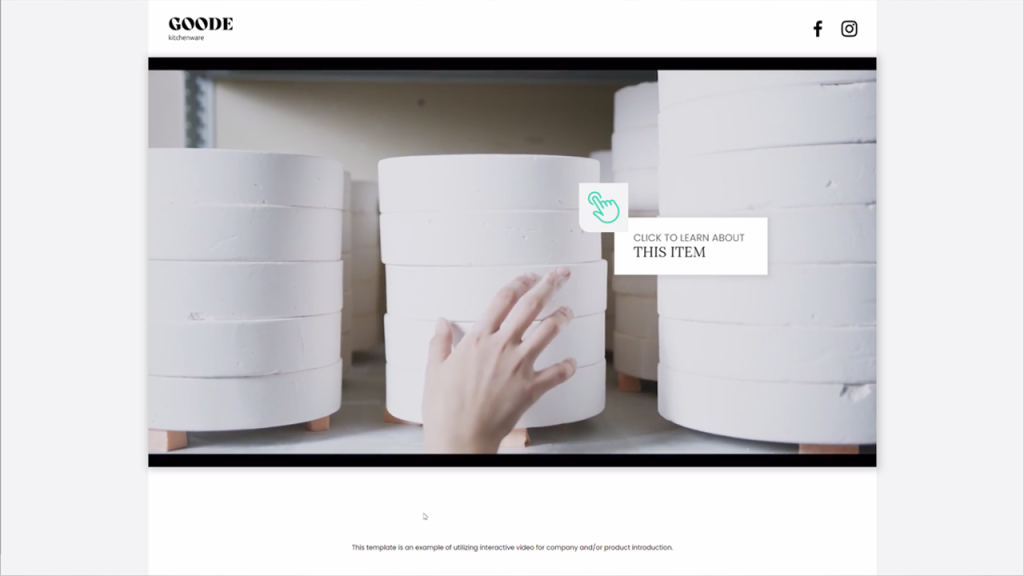
3 Interactive Timeline: curiosity
An Interactive Timeline allows users to explore the history and evolution of your brand, products, or industry at their own pace. This format sparks curiosity and encourages users to delve deeper, providing a rich and engaging way to share your story and evoke a sense of intrigue.
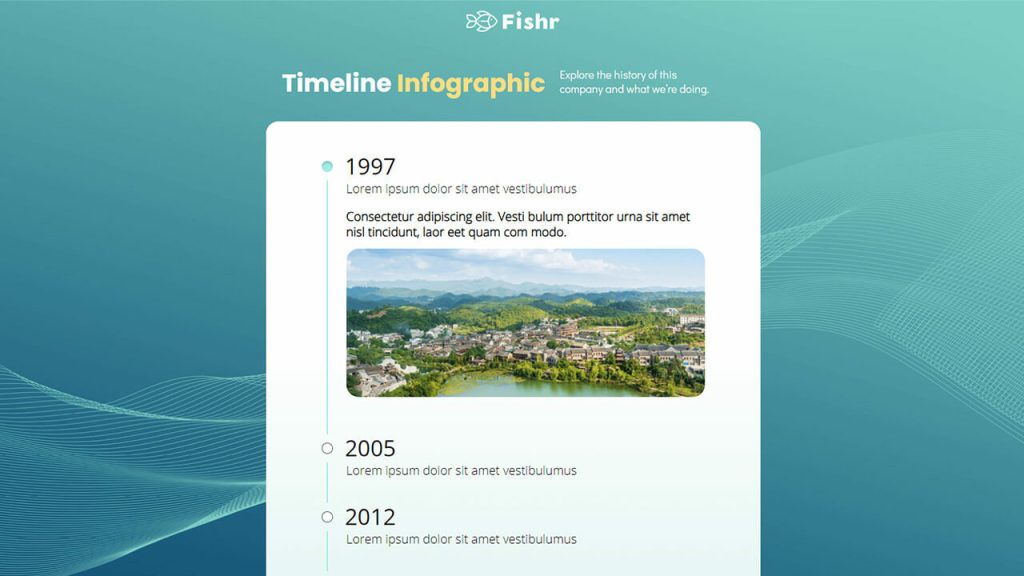
4 Online contests: euphoria
Online contests, whether they involve playing a challenging game, photo uploads, or voting, can generate a sense of euphoria among participants. The excitement of competition, coupled with the anticipation of winning prizes, can create a highly engaging and emotionally charged experience, encouraging greater participation and sharing.

5. Personality Tests: self-discovery and amusement
Personality Tests can reveal useful information about the user’s personality and align with their interests. They offer a sense of self-discovery and amusement, making users feel understood and valued by your brand.
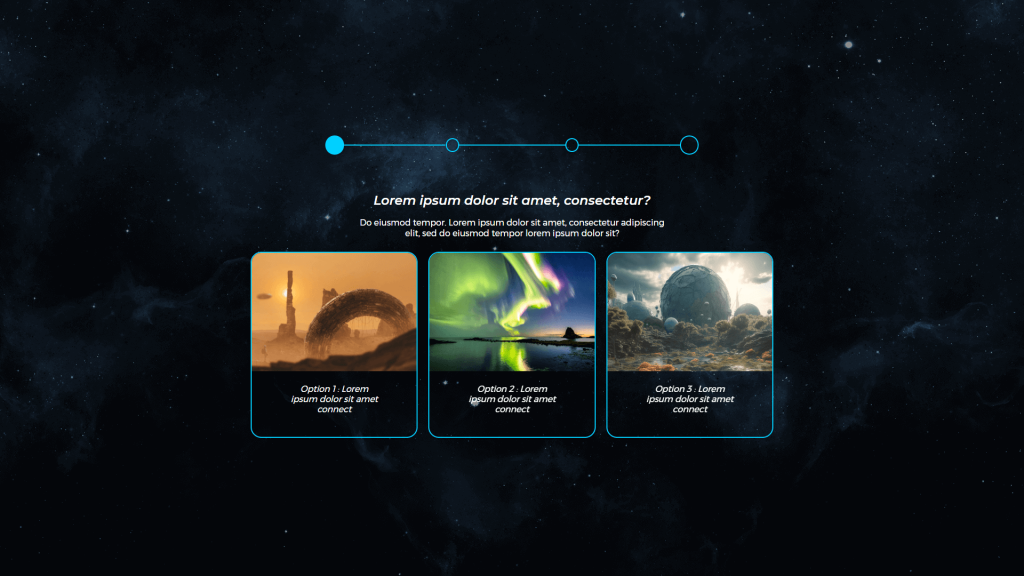
6. Interactive Virtual Tours: immersion and delight
Offering Interactive Virtual Tours of your business, product, or service can immerse users in a unique experience. This immersive content can evoke feelings of delight and curiosity, making your brand more memorable.

7. Interactive Infographics: enlightment and surprise
Interactive Infographics that reveal information dynamically as users engage with them can evoke a sense of enlightenment and surprise. This approach makes complex data more digestible and engaging, leaving a lasting impression on your audience.

8 Interactive Popups: excitement and FOMO
Interactive Popups, especially during seasonal events like Black Friday and Cyber Monday, are excellent for creating a sense of excitement and urgency. These popups can feature limited-time offers, countdowns, and games that encourage immediate action. By highlighting exclusive deals and gamifying the experience with scratch cards or spin-the-wheel games, interactive popups tap into the Fear of Missing Out (FOMO), driving quick decisions and boosting conversions.
Related: 10 FOMO marketing examples
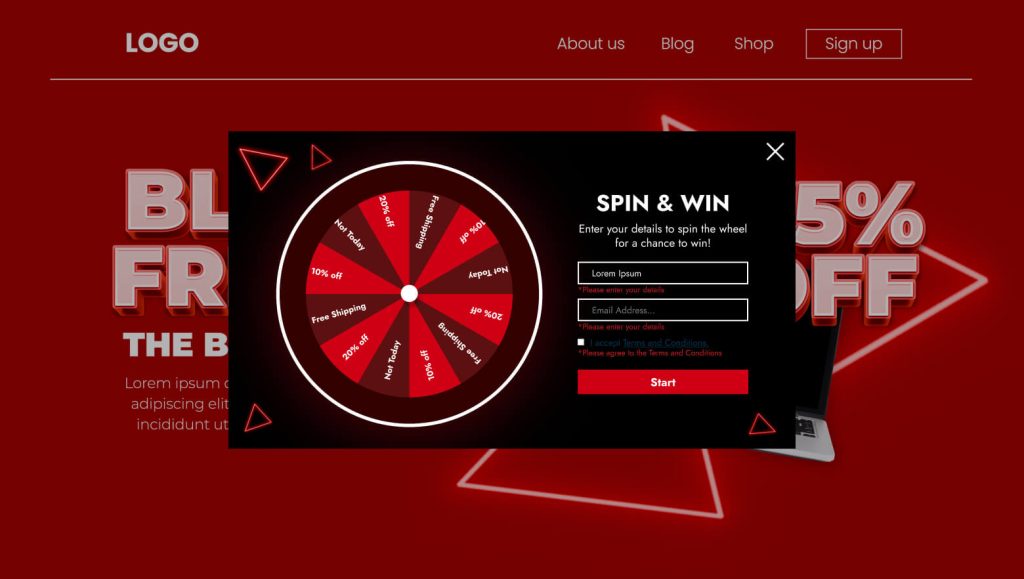
9 Online Advent Calendars: joy and FOMO
Online Advent Calendars are a delightful way to spread joy during the holiday season while also leveraging FOMO. Each day, users unlock new surprises, whether it’s a special offer, a mini-game, or a heartwarming message. The daily anticipation of discovering new content not only keeps audiences engaged but also creates a festive atmosphere. The limited-time nature of the offers and the countdown to Christmas enhance the experience, making users eager to check back each day.
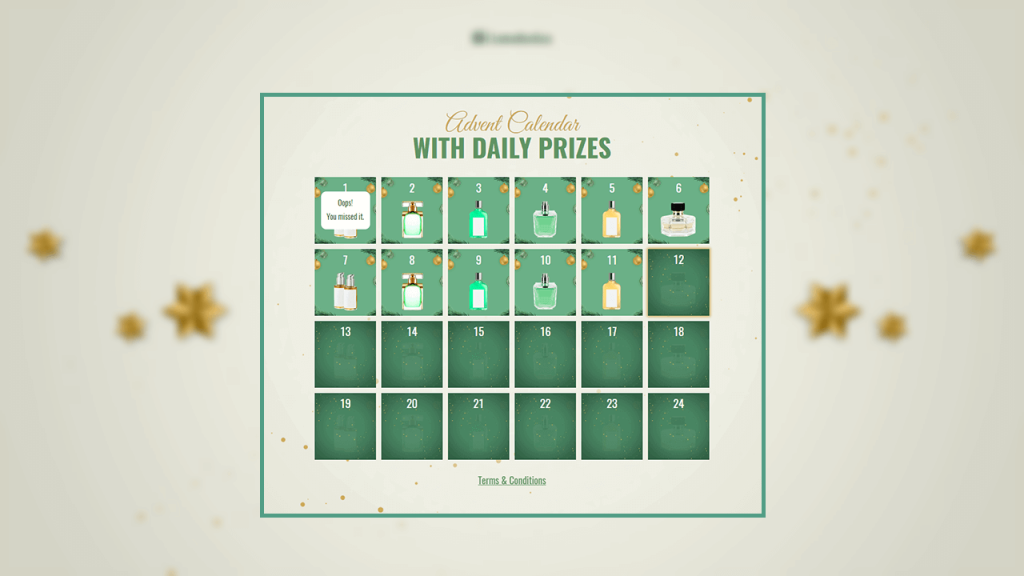
Embrace interactivity to evoke positive emotions with Dot.vu
Dot.vu is an Interactive Content platform that offers more than 20 types of Interactive Experiences, all perfect for your emotional marketing strategy. Whether you want a fun and quick game on your website or a complex and engaging Interactive Virtual Tour, we have you covered.
You can get started easily! Get started on our 14-day free trial today and explore hundreds of customizable templates. Regardless of your technical knowledge, you can create an Interactive Content template without writing a single line of code: simply follow the Quick Edit steps.
If you are interested in more complex experiences such as Interactive Videos or Interactive Virtual Tours, get in touch with our Interactive Content experts to discuss your idea.
